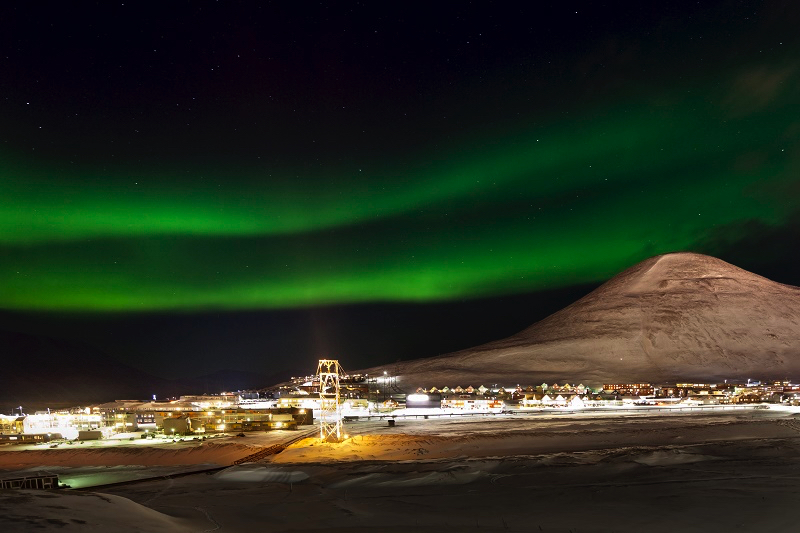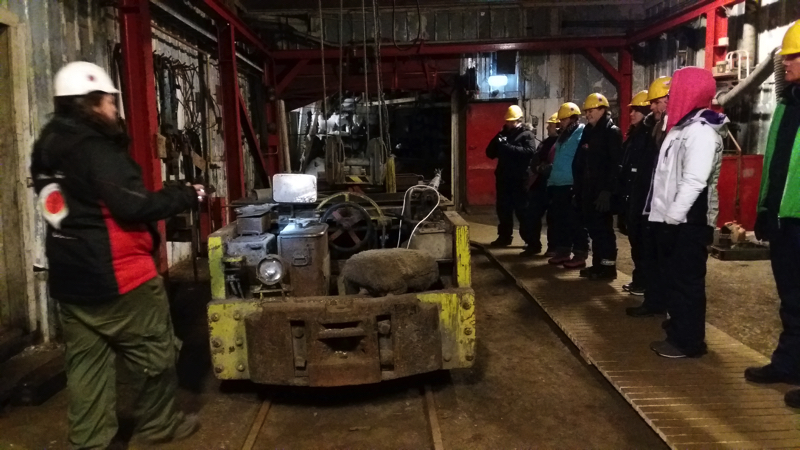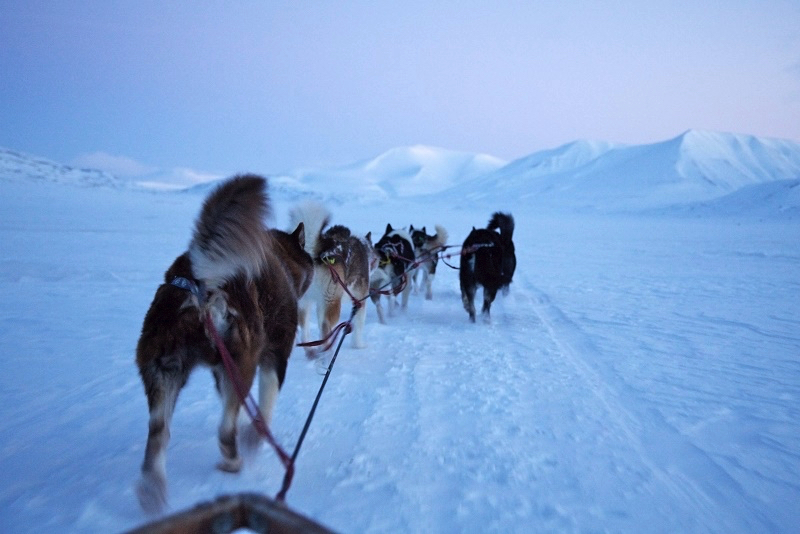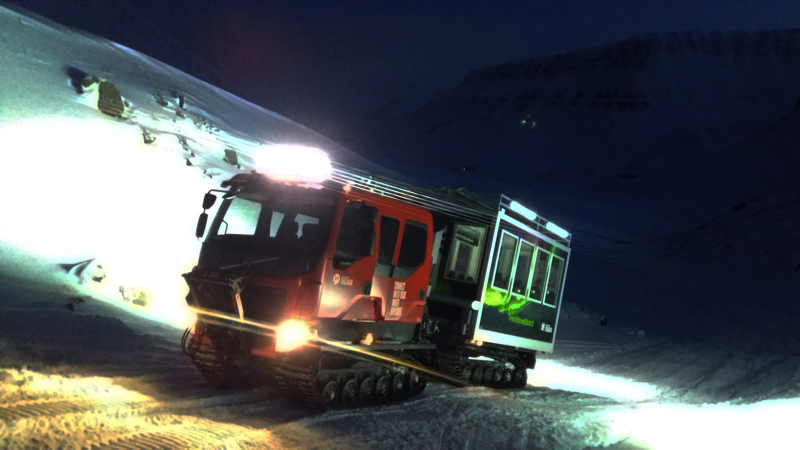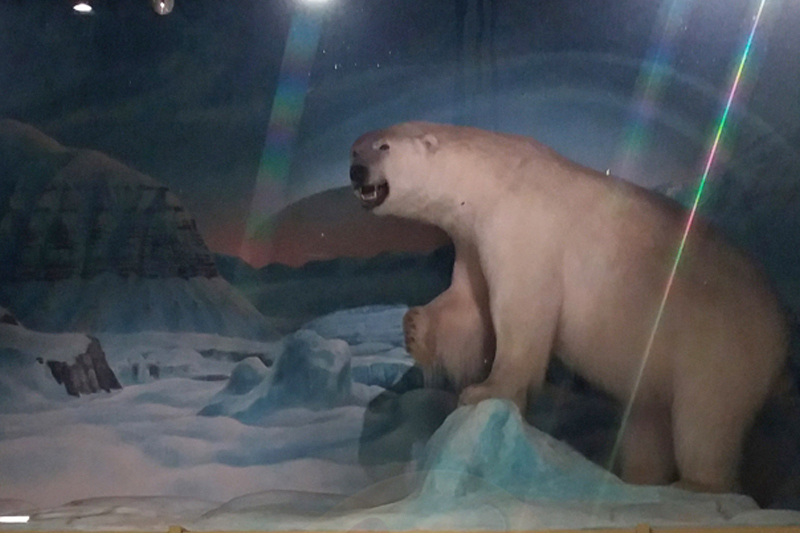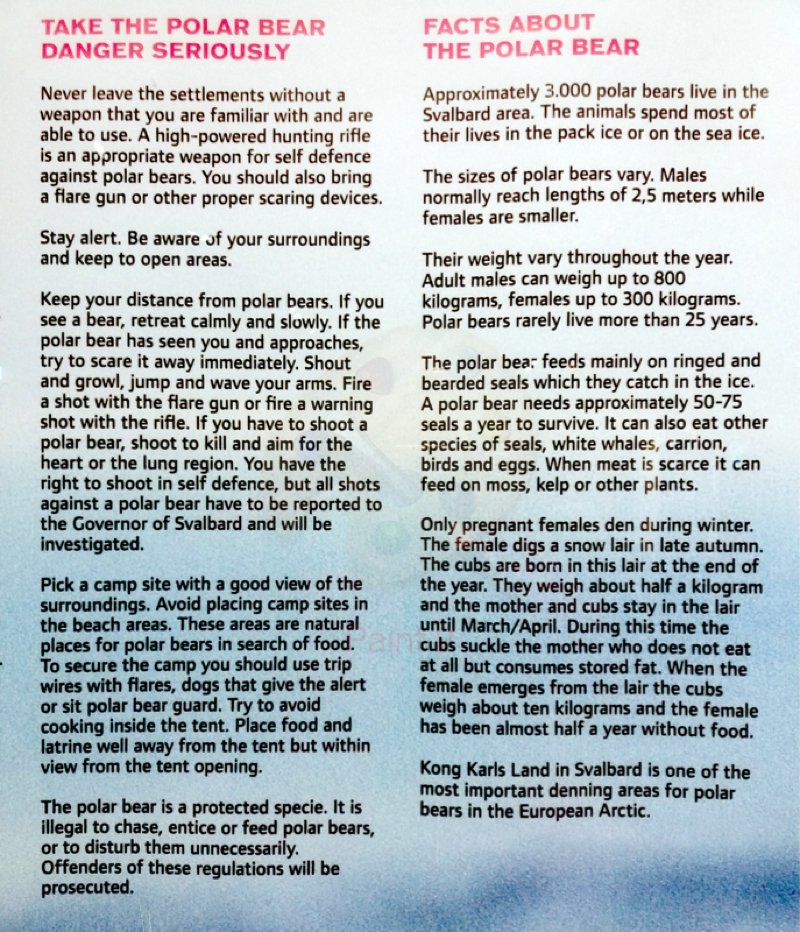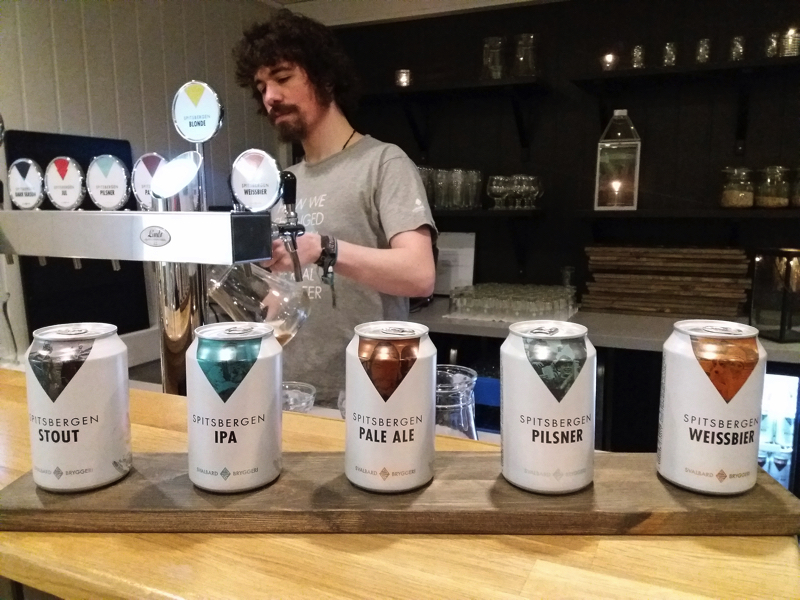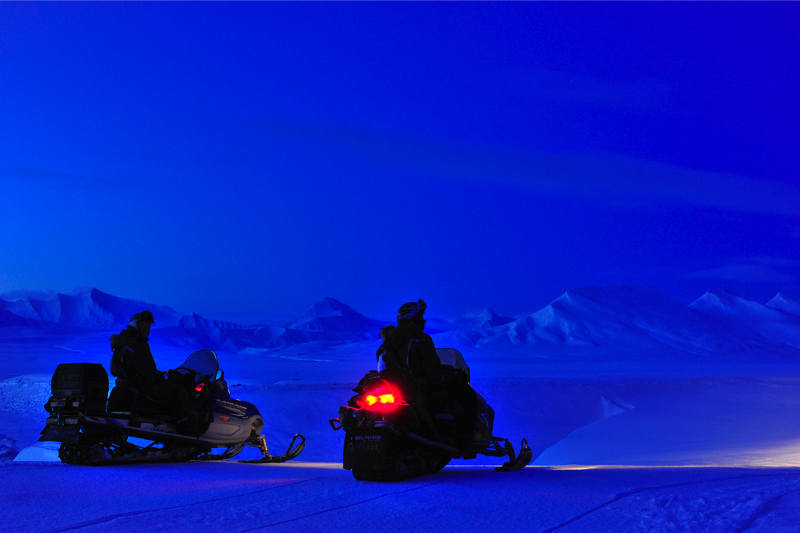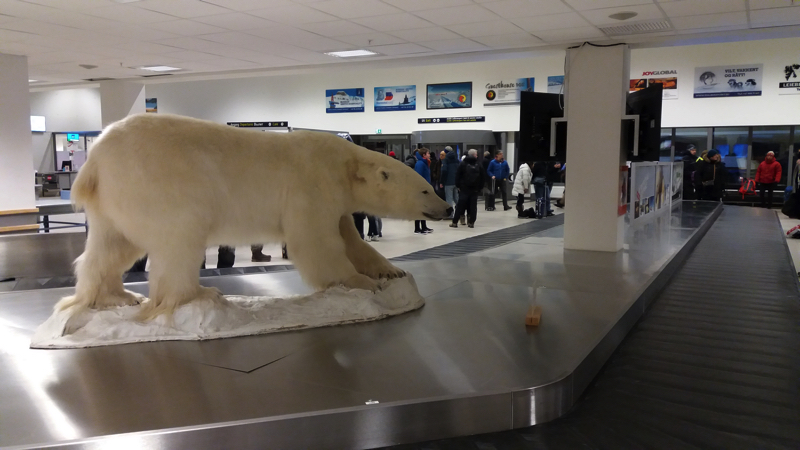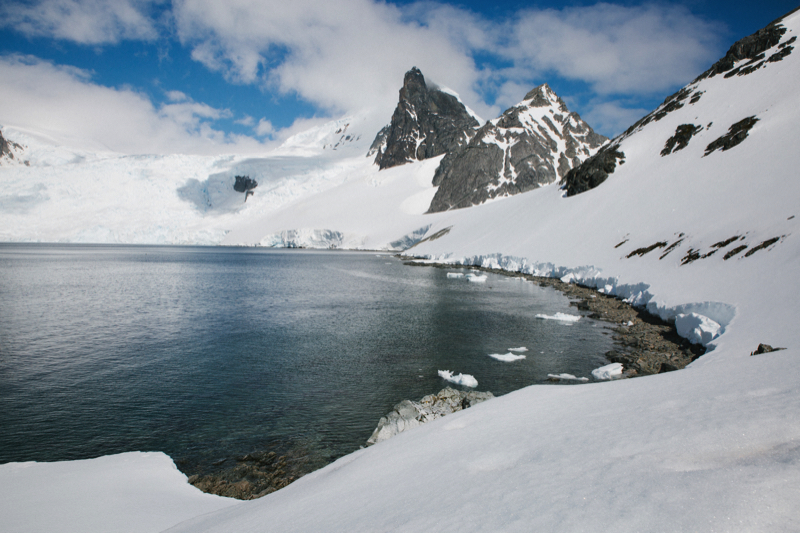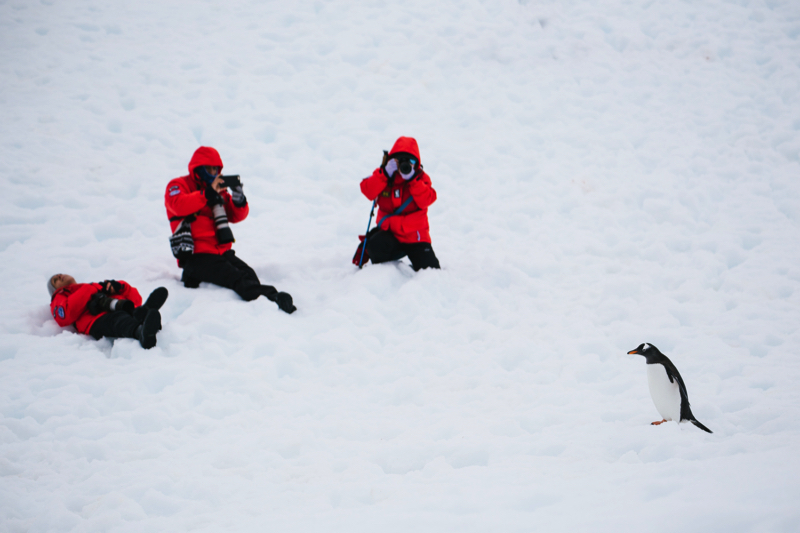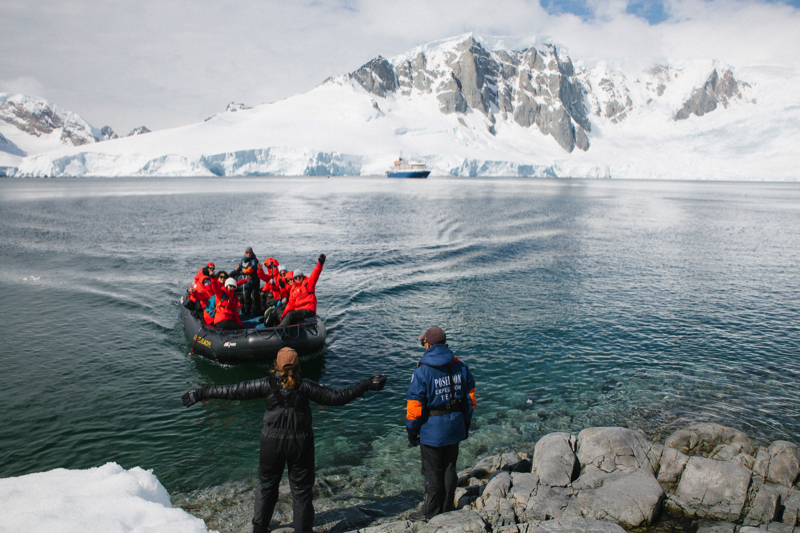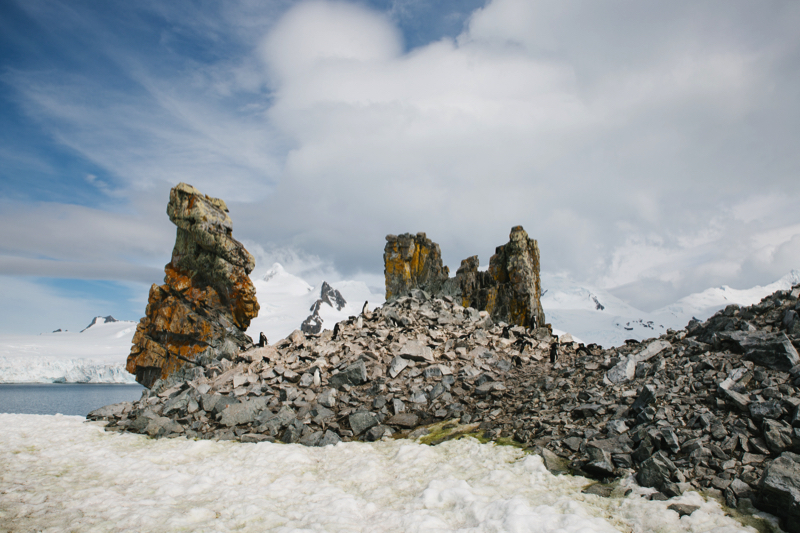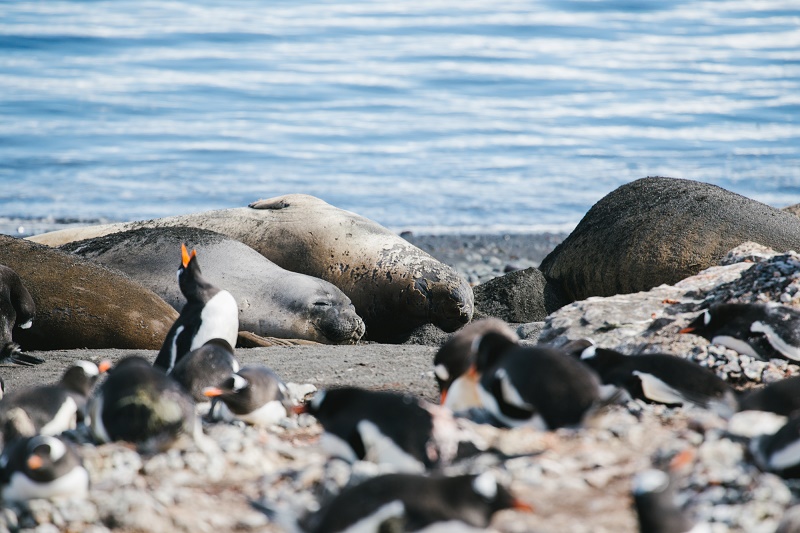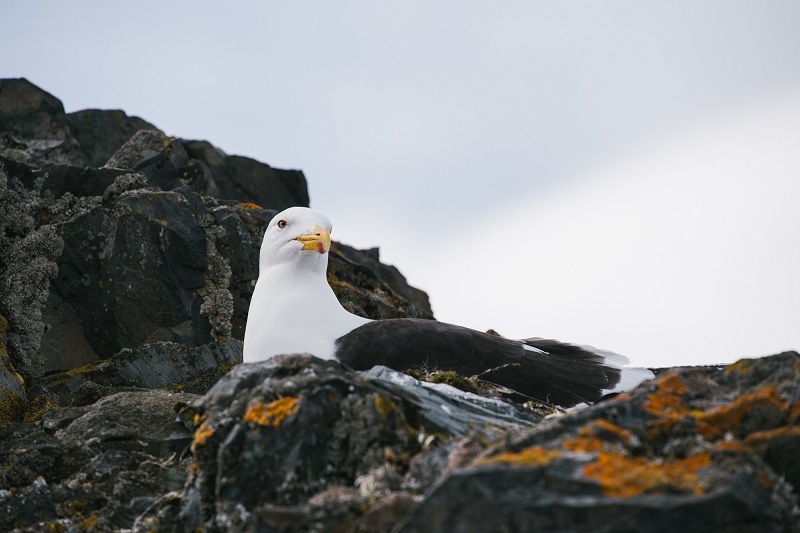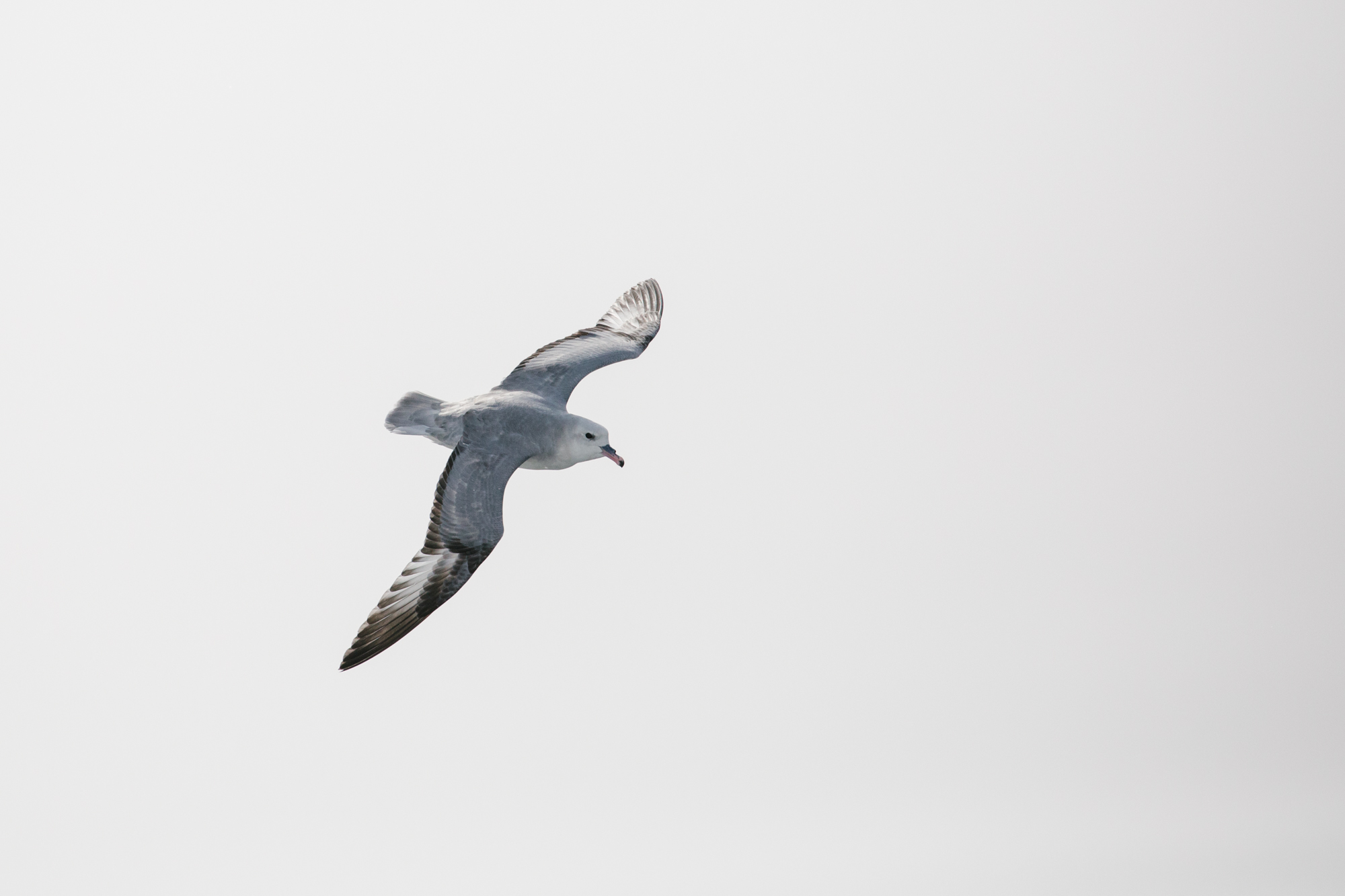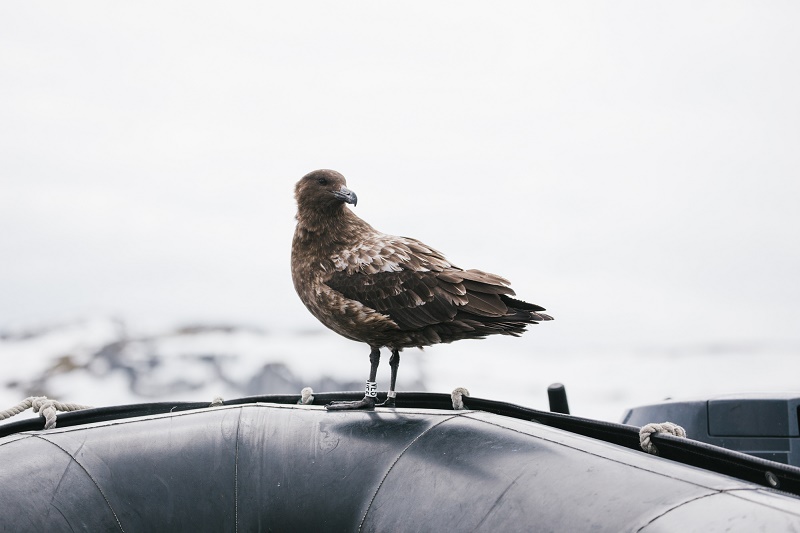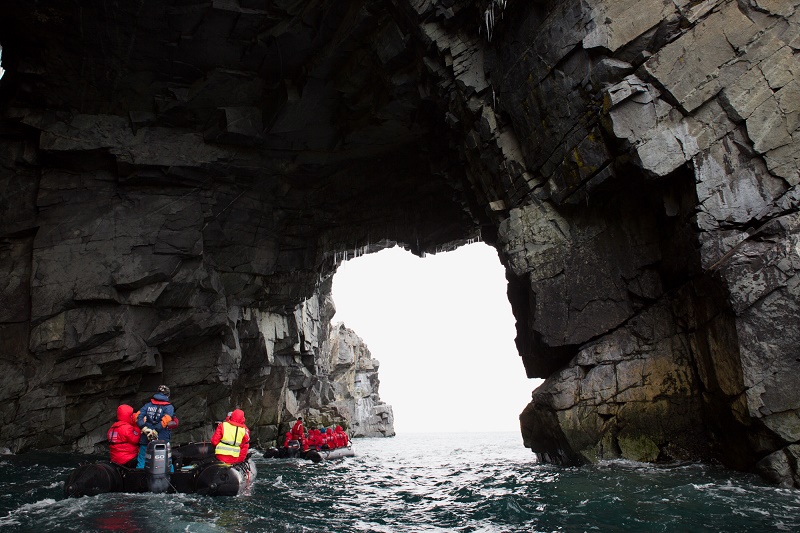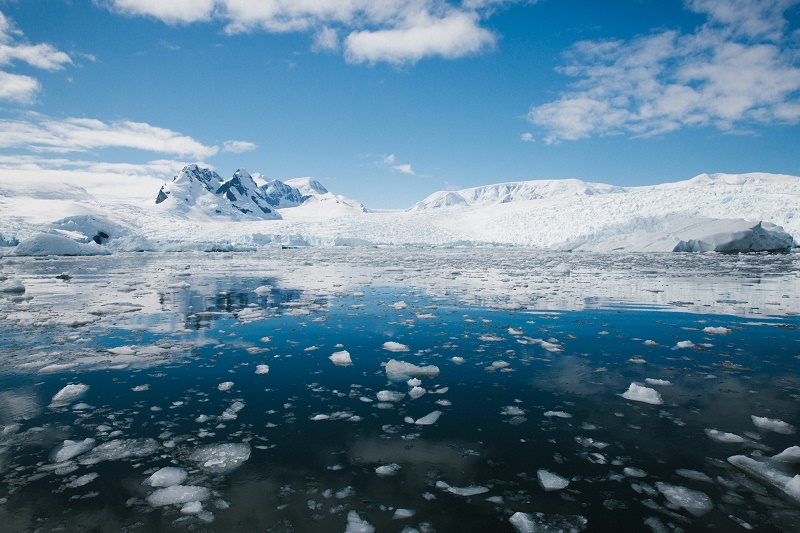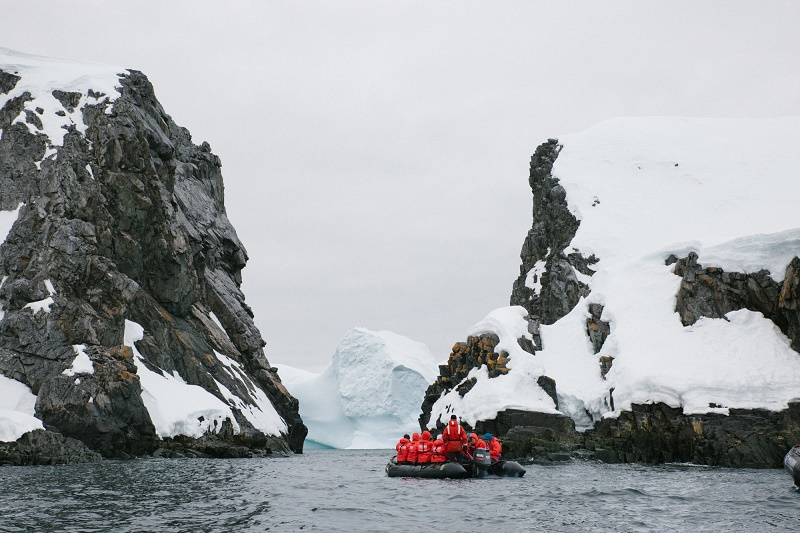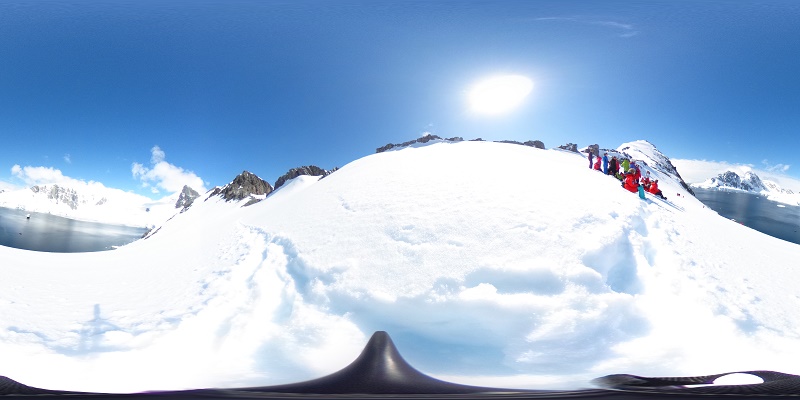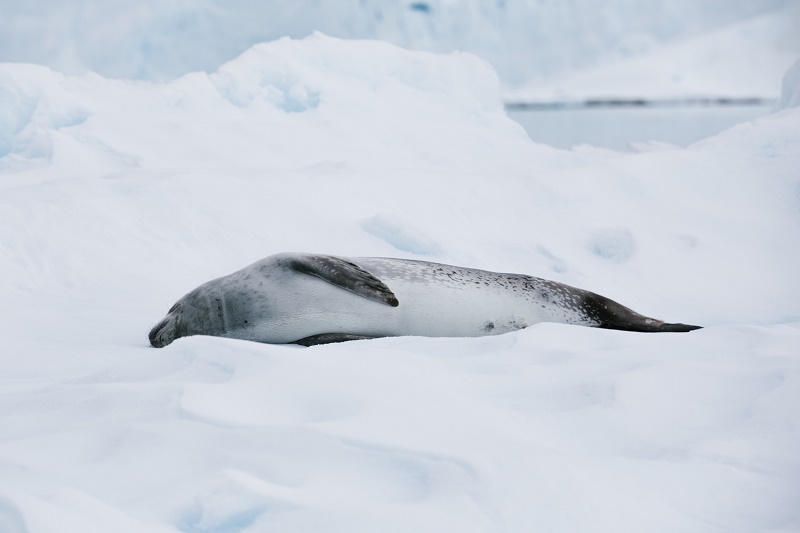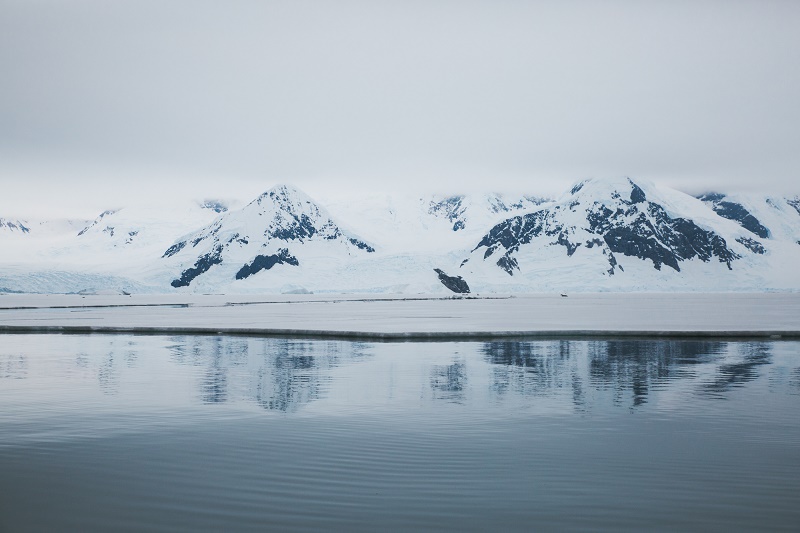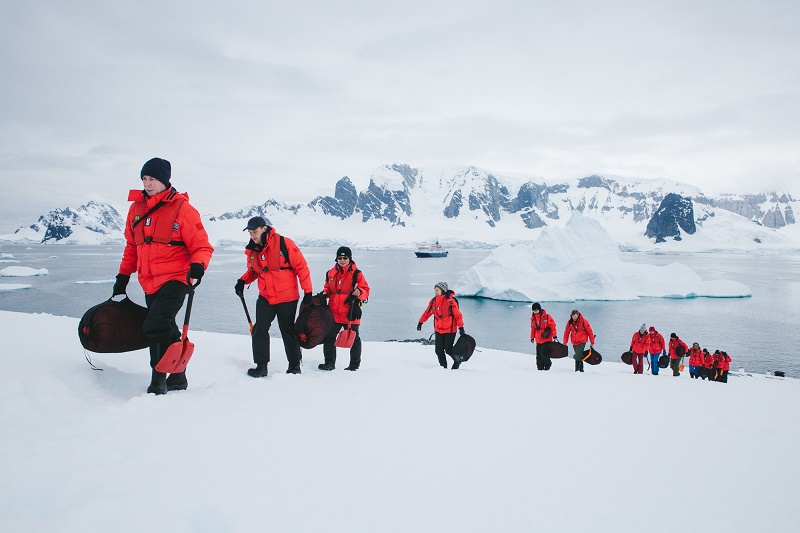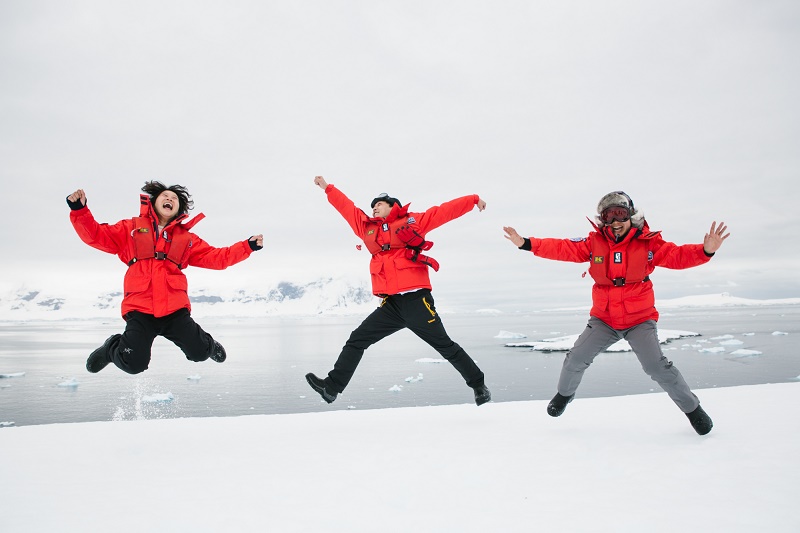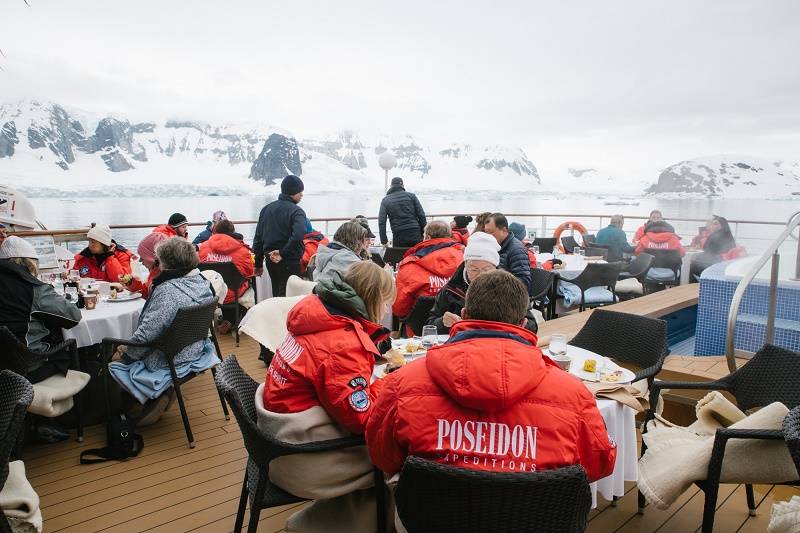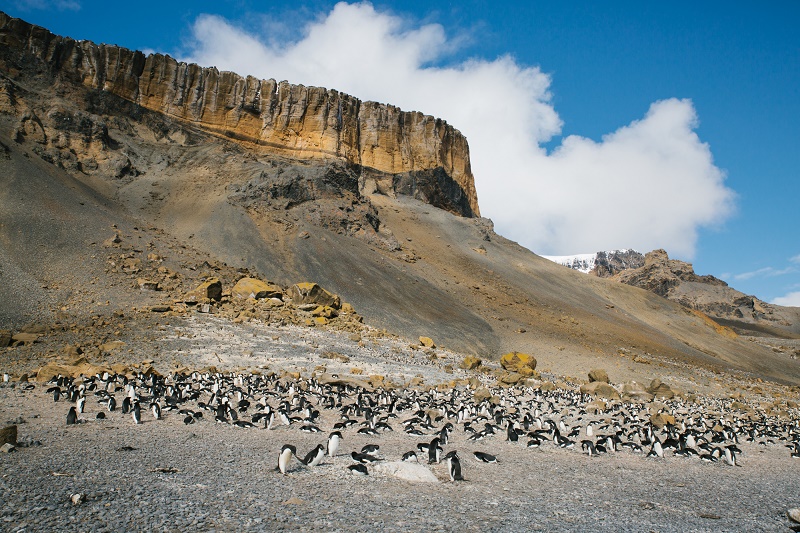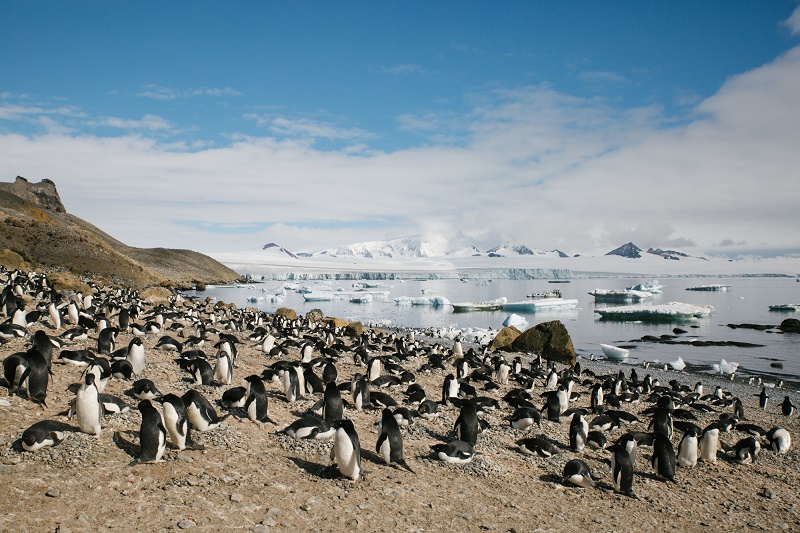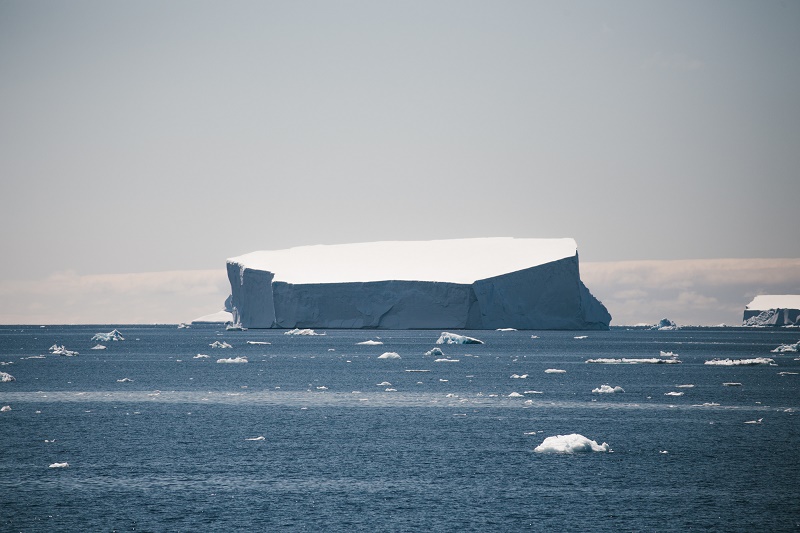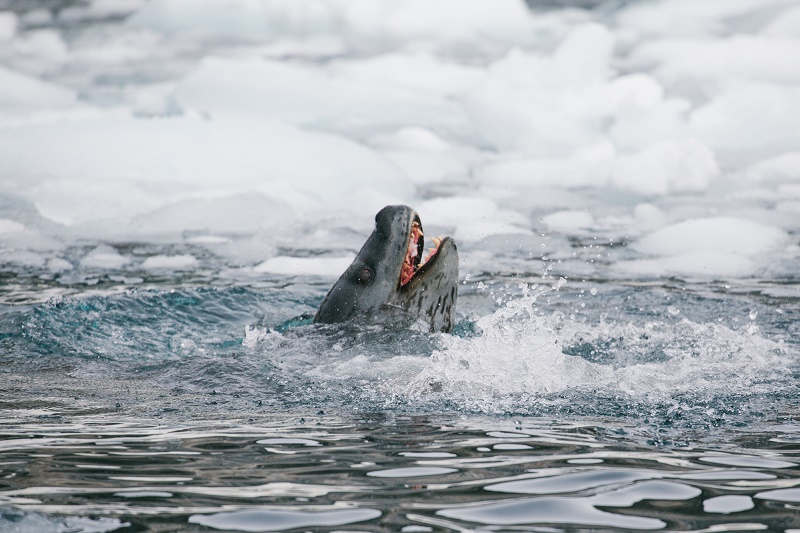There can’t have been many Arctic holidays quite as enjoyable and fulfilling as that recently embarked upon by our own senior travel advisor here at WILDFOOT. Alas, in our latest blog post, her journey to Spitsbergen is coming to an end, but not without yet more great memories being made.
Day 5: Coal Mine Number 3 Visit & Camp Barentz
Now visiting a coal mine is not something I ever thought I would do, or would particularly want to do. Having visited one I can now confidently say that it’s somewhere I would never like to work! Crawling through narrow tunnels, deeper and deeper into a mountain, with the weight of millions of tons of rock above…then releasing the jacks holding up the roof once a coal seam has been fully mined? No thanks! We did get to crawl through a ‘fake’ tunnel which was a small taste of the experience. It was fascinating to learn though, how the miners plied their trade. They are incredibly brave and hardy – hats off to them! Before the arrival of tourism, coal mining was the main source of income for Svalbard. There are 7 mines in central Spitsbergen, only one of which is currently operational, although the industry here is highly contested with the UN and environmental organisations urging its phase out. All the more reason to preserve Mine Number 3 as a museum piece.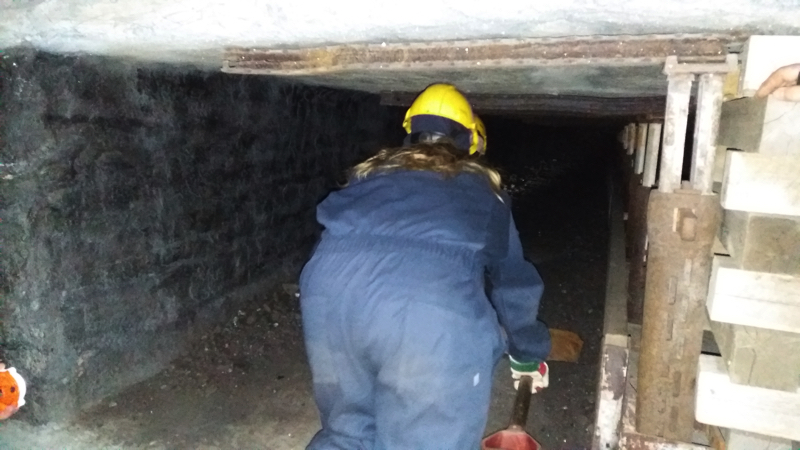
The finale of our trip was a northern lights evening at Camp Barentz. Named after William Barentz, Dutch explorer and discoverer of Svalbard, the cabin where we were to have our dinner was a rough copy of the one built by Barentz and his crew during the 11 months that they were stranded on Novaya Zemlya after their ship became stuck in the ice. With a roaring fire in the centre of the cabin, a hearty stew and chunks of bread to fill the stomach and a glass of wine in hand it was a fitting and fun end to an amazing trip. And the northern lights didn’t disappoint with their strongest display of the whole visit. Perfect!
